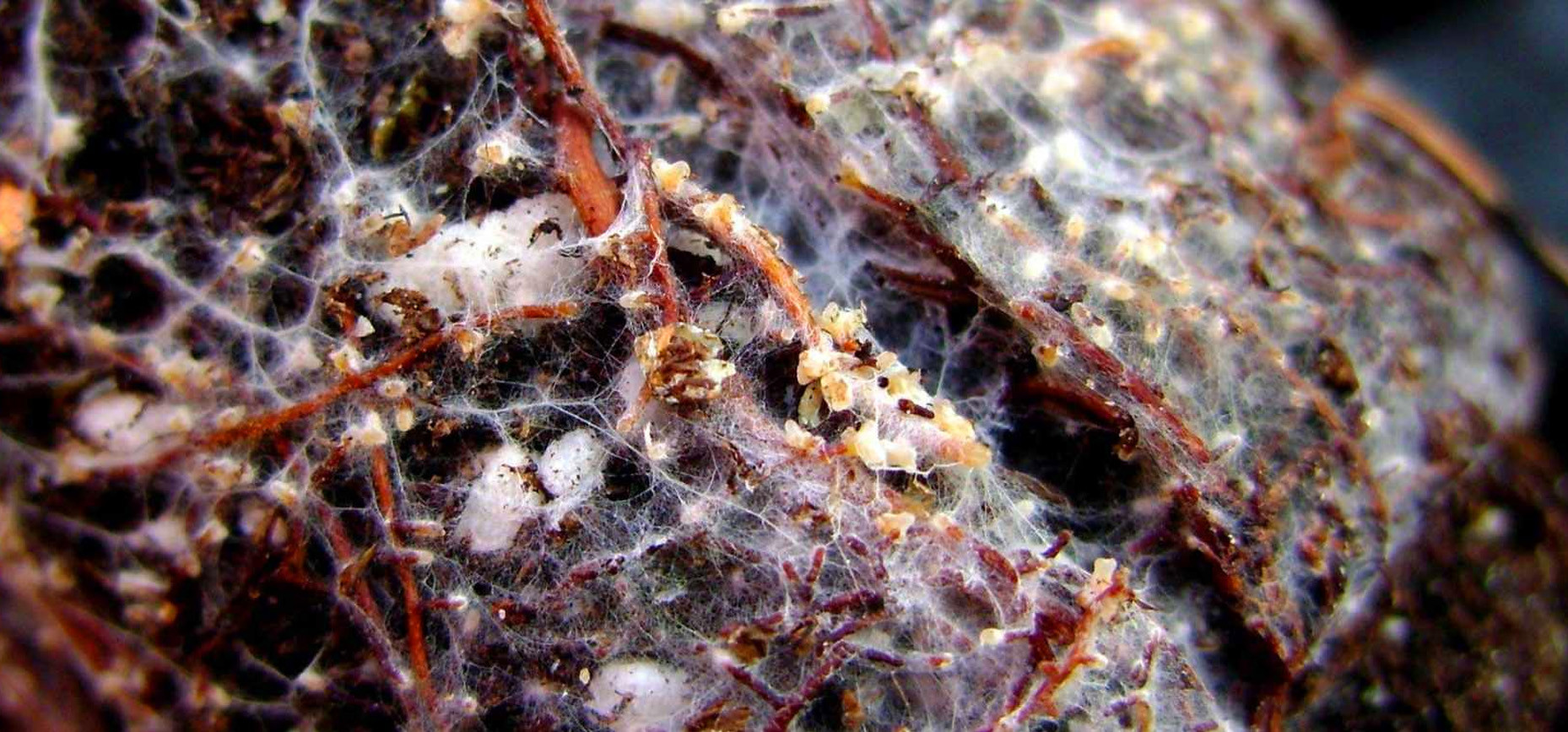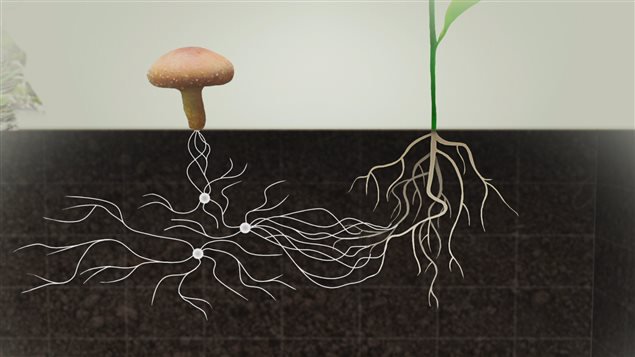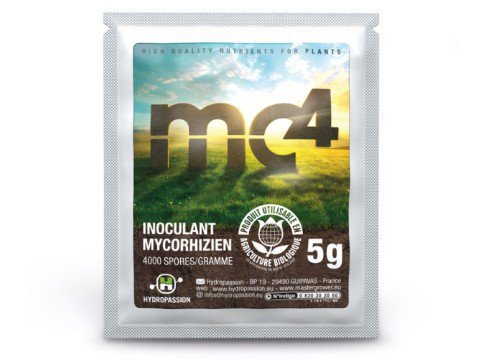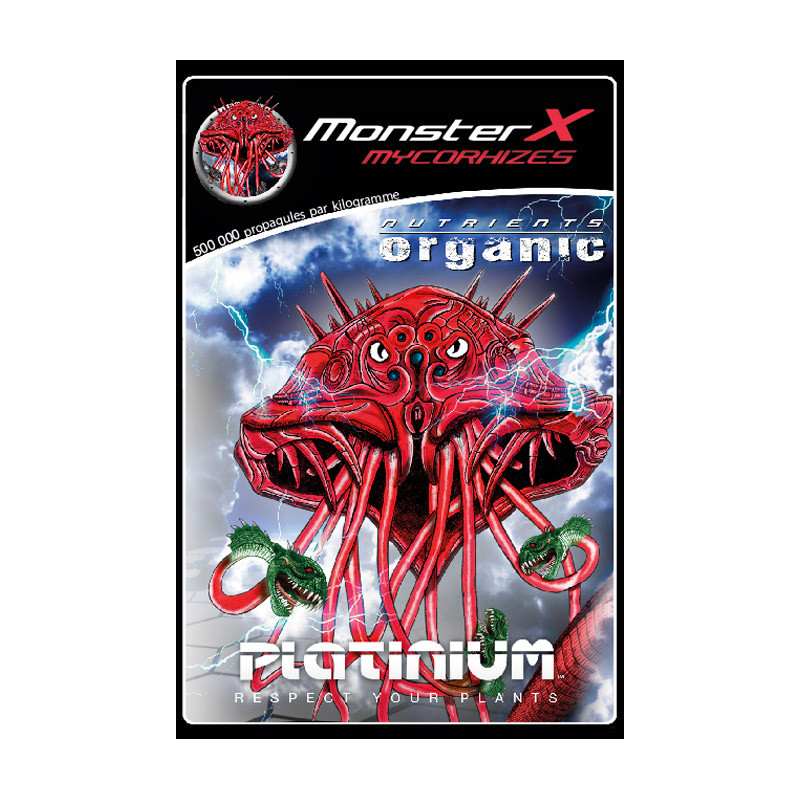Mycorrhizae are symbiotic associations between plant roots and certain beneficial fungi. This mutually beneficial relationship improves plant health, nutrient uptake and resistance to environmental stress.

Understanding Mycorrhizae
Mycorrhizae are symbiotic structures formed by the interaction between plant roots and fungal mycelial filaments. This beneficial relationship is essential for optimal plant function as it enhances the absorption of nutrients from the soil. Fungal mycelial filaments extend into the soil, forming a network called mycelium, which significantly increases root absorption surface. In exchange, fungi receive carbohydrates produced by the plant during photosynthesis, thus forming a mutualistic relationship.
Types of Mycorrhizae
There are two main types of mycorrhizae: endomycorrhizae and ectomycorrhizae. Endomycorrhizae, also known as arbuscular mycorrhizae, penetrate inside plant root cells, forming structures called arbuscules. Ectomycorrhizae, on the other hand, form an external sheath around plant roots but do not enter the cells. Each type of mycorrhiza exhibits specific adaptations depending on the host plant and environment.
Benefits of Mycorrhizae
Mycorrhizae offer a multitude of benefits to plants. By enhancing nutrient absorption, particularly of phosphorus, which is often limited in soil, they contribute to healthy plant growth and development. Additionally, mycorrhizae strengthen plants' resistance to abiotic stresses such as drought, extreme temperatures, and saline soils. They also promote better soil structure by aggregating particles and increasing water retention, which is beneficial for overall root system health.
Utilization of Mycorrhizae in Horticulture
Mycorrhizae are widely used in horticulture to enhance plant growth and health. They are incorporated into growing substrates, soil amendments, or specific inoculant products to promote root development and disease resistance. Their use is prevalent in conventional, organic agriculture, and home gardening, demonstrating their versatility and effectiveness in various agricultural contexts.
Application of Mycorrhizae
To fully harness the benefits of mycorrhizae, it is essential to select products containing fungal strains suitable for specific crops. Application can occur during planting by soaking roots in a solution containing fungal spores or by incorporating spores into the growing substrate. It is crucial to follow manufacturer recommendations to ensure successful root colonization by mycorrhizae and maintain conditions conducive to their establishment, such as proper watering and appropriate cultural practices.
Importance of Research and Innovation
The field of mycorrhizae is constantly evolving, with new discoveries and emerging applications. Continued research in this field is essential for better understanding the underlying mechanisms of this symbiosis and developing more effective and sustainable agricultural products and practices. It is crucial for farmers and gardeners to stay informed about the latest scientific advancements and products available in the market to fully leverage the benefits of mycorrhizae.
Practical Tips for Promoting Mycorrhizae
To optimize the presence of mycorrhizae in your garden or agricultural operation, here are some practical tips:
- Avoid excessive use of chemical fertilizers, which can inhibit the development of mycorrhizal fungi by disrupting soil balance.
- Maintain good soil structure by promoting adequate aeration and drainage, which encourages root colonization by mycorrhizae.
- Avoid aggressive cultivation methods that may damage mycorrhizal fungal filaments, such as excessive tilling or heavy machinery use on the soil.
- Use organic amendments rich in organic matter to promote the development of soil microorganisms, including mycorrhizal fungi.
- Avoid the use of aggressive fungicidal products that may harm mycorrhizae by eliminating beneficial fungi from the soil.

In Conclusion
Mycorrhizae are essential partners for plants, promoting their growth, health, and resistance to environmental stress. By understanding their functioning and integrating their use into your horticultural practices, you can improve the productivity and sustainability of your crops. By following expert advice and staying informed about the latest scientific advancements, you can fully harness the benefits of this fascinating symbiosis for optimal agricultural outcomes.




